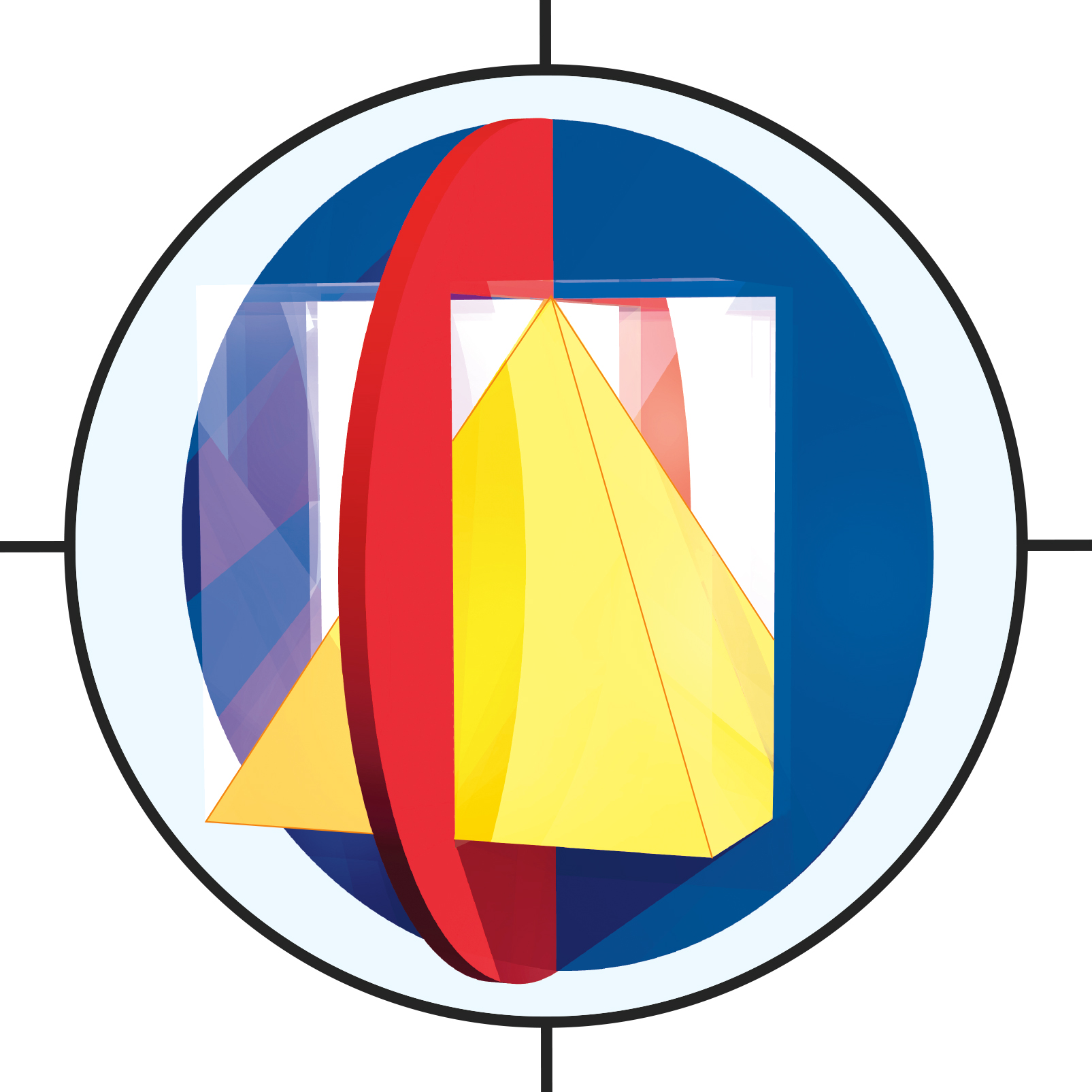ARE CHAMPIONS, BORN OR MADE?
What is the mysterious and elusive “something” that renders an athlete “better”, that helps them be a more consistent performer or more trustworthy in the most important moments of a game or during a season, compared to another athlete with equal capacities and possibilities? Why do champions “fail” in the most important moments of their careers even if they are constant high performers?
Why do some athletes that are consistent performers but not particularly talented, become “elated” at special events obtaining unexpected results?
And, in general, “what” is necessary to help a person emerge and become more than average?”
These questions are frequently addressed to us by athletes, both professional and amateur, coming from a number of different sporting backgrounds.
Those who have studied “excellence” have found the answer to these questions: For quite some time it has been said that what makes possible the achievement of important results is the use of their own MIND. This is true even for athletes that up until that point had never achieved excellence.
How many times have we heard about an athlete that hasn’t achieved what was expected of them, it’s been said: “he/she was under too much pressure”, “he/she was not concentrated”, “he/she got nervous”, “the situation slipped out of his/her hands”, “he/she was disturbed by the public”, “he/she is living a particular moment in his/her life”, “he/she had other things on their mind” and so on.
Or the opposite: “he/she was having a good day”; “he/she’s never been so focused”, “he/she exceeded him/herself”, “the public helped motivate him/her”.
It is a fact the every athlete is subject to a set of physical, emotional and mental stimuli.
If these stimuli are not kept under control, they are able to destabilize his/her usual performance, “blocking” those delicate interior mechanisms that permit him/her to express at their best his/her capacity and potential.
Therefore it is necessary to acquire the capacity and the habit to control these physical, emotional and mental impulses, not only to avoid unpleasant failures, but also to help the athlete maximise their psychological/physical and technical characteristics.
Keeping this in mind the mental techniques and the motivational elements of Mind’s and Behaviour Dynamics, a method of Personal development of doc. Marcello Bonazzola, distributed for more than forty years in Italy and Europe, are able to represent a valid support for any type of athlete.
In conclusion, this is a valid experience for all athletes, that can be applied not only in the sporting environment but also to everyday life.
THE COURSE
“Dynamic Thinking for Sportsmen” is a Didactic-Propaedeutic Course focused on educational psychology that is an integrant part of the Permanent Project of Alternative Educative Dynamic of the Orientation and Formation Department of the European Academy C.R.S.-I.D.E.A. (Legally Recognized) of Dalmine (BG).
This Course is very easy to sign up and participate in and it doesn’t require special knowledge. It is designed for all people with varying cultural backgrounds.
As well in its particular innovative characteristics the course never interferes with the prerogatives and the functions of who has specific technical competences in sporting matters, as it addresses a sport-man/woman’s’ natural physical, emotional and mental qualities and at his/her aspirations.
The Course’s Instructor, through “adequate and functional” language and teaching modalities, is able to render understandable to everyone either the content or the techniques of the Course.
The participant sportsmen (and those to whom have a confirmed place on the course) will only be asked “to strive or to not strive” and, naturally, “to be present” and “ready to learn and improve”.
This intensive Course, takes place over two and half days divided into thirteen sessions of one hour and half, intervals included (this course can be organised depending on the requirements of every individual team however this course does not include exercise-books, pens, books, lecture notes or written exercises).
CONTENTS AND AIMS
In an sporting environment the proposed techniques can be used to:
– reach the necessary “productive tension” (neither too much, nor too little) to reach an adequate sporting performance;
– to maintain this productive tension for the duration of the match;
– to relax at the end of the match to recover more quickly the psycho-physical energies used;
– to maintain the necessary emotional control and an adequate mental calm before, during and after a game, as well as in extreme situations of “environmental” discomfort;
– to strengthen the sense of confidence in him/herself and in their own capabilities;
– to improve the technical gestures, eliminating quickly and efficiently gestures and/or incorrect and useless habits;
– to reduce training’s times, with consequent saving of time, weariness and money.
Carlo Spillare
Carlo Spillare, a well-known lawyer, certified psychologist and a basketball player for 14 years in first league lives in Vicenza (Italy). He has vast didactic experience as instructor of Dynamic Thinking in Italy and he is director of The Serblin Institute for Childhood and Adolescence in Vicenza.
For reading the general Dynamic Thinking course, push here

